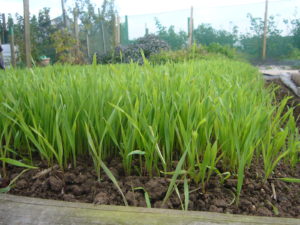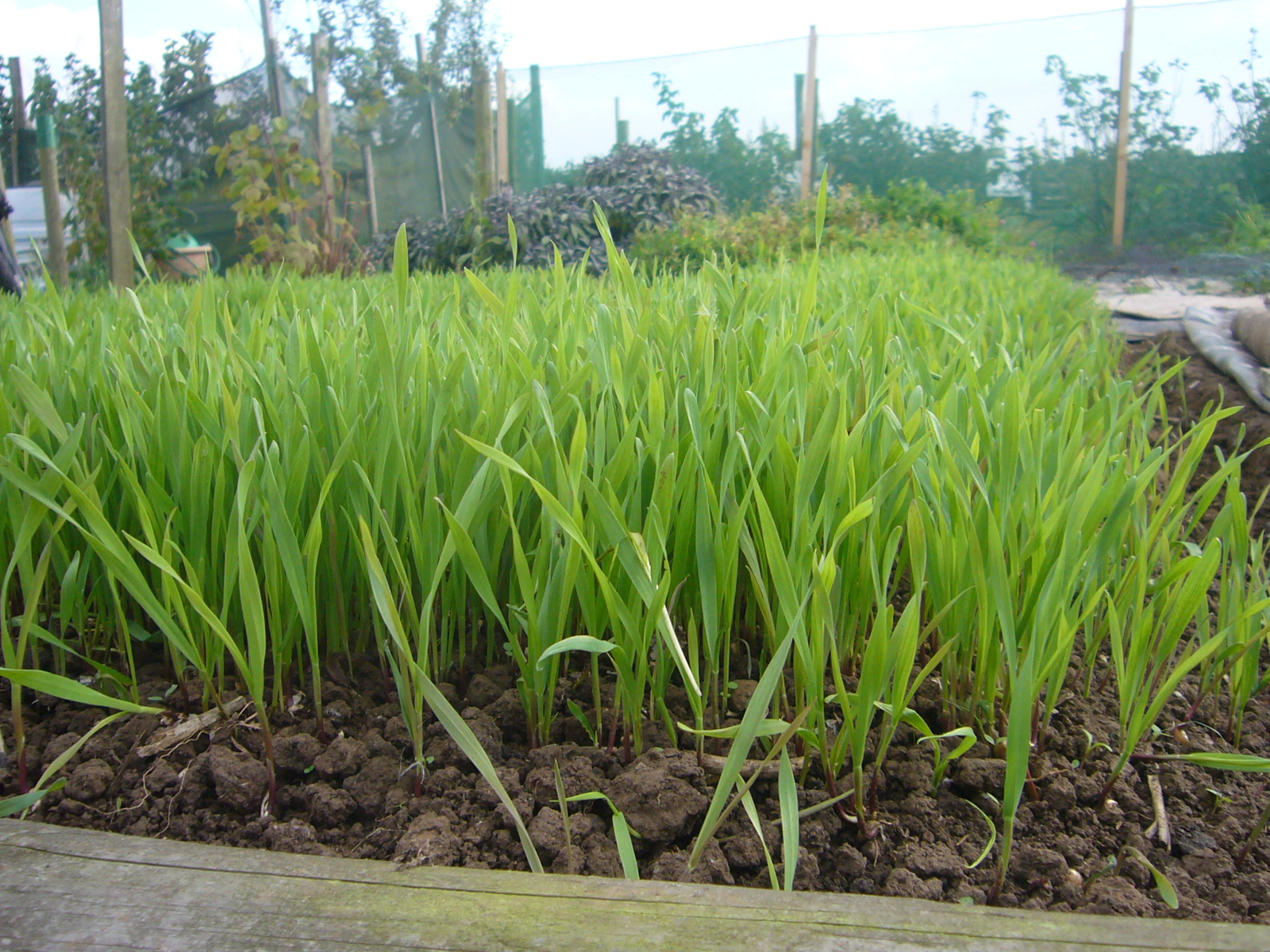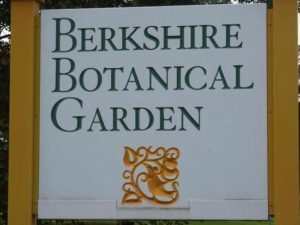
Be-a-Better-Gardener
Enriching Your Garden Soil with Cover Crops

Winter rye, a cover crop that will naturally replenish your garden.
By Thomas Christopher
I’m not a fanatic (at least, not about this), but I do what I can to make my garden sustainable. Growing my own vegetables is part of that – every lettuce that I pluck from my own beds is a lettuce that didn’t have to be trucked cross country from Mexico or California. Likewise, I conditioned the soil in my vegetable patch not with sphagnum peat harvested from some bog in northern Canada, but rather with bags of old coffee grounds my wife scavenged from the café at the university where she teaches environmental science. I also mulch with straw to reduce the need for irrigation, thus cutting my water consumption.
One bad habit that I have maintained, though, is a reliance on bagged fertilizers from the garden center. These, including the organic products, arrive in your garden at some environmental cost, but the synthetic products are by far the worst in that respect. Synthetic nitrates – the first number in the three numbers found on the fertilizer labels (e.g. 10-10-10, 5-10-5, etc.) indicates the percentage by weight of nitrates in the product – are the most environmentally extravagant. In fact, the process by which these materials are synthesized using natural gas emits 4 to 6 tons of carbon dioxide into the atmosphere for each ton of nitrates it produces. Even worse than that is what happens to any excess nitrates you happen to apply; if not absorbed by plant roots, these either wash away to pollute the waterways or escape as nitrous oxide gas, which is 300 times as potent as a greenhouse gas, or carbon dioxide.
This fall, I’m trying to curb my fertilizer habit by planting a “green manure” in most of my vegetable garden. In the middle of this month, I’ll sow seeds of a mixture of winter rye, field peas, ryegrass, crimson clover and hairy vetch. This mix should accomplish several things. The peas, crimson clover, and vetch are legumes, which means that they have the ability to absorb nitrogen from the atmosphere and convert it into a natural fertilizer. This will eliminate or at least reduce my need to enhance the soil’s fertility artificially. The ryegrass and winter rye are fast growing and will cover the soil quickly, preventing erosion and helping to prevent weed invasion during the months when the garden lies fallow. Meanwhile, the roots of these plants will penetrate into the ground deeper than I can dig, perforating the subsoil and making it more penetrable to my vegetable crops. My green manure plants will also contribute organic matter and so improve the structure of the soil, which not only enhances the root growth of my vegetables but also makes it easier for the soil to absorb and hold water.
To sow the green manure, I’ll rake the soil, broadcast the seeds by hand and then rake the soil again to cover the seeds. The peas, ryegrass, and crimson clover will die over the winter; the winter rye and hairy vetch should sprout again in the spring. In any event, I’ll cut down the plants as soon as the soil can be worked in spring, and turn in the roots and debris with my rototiller. Then I’ll wait a couple of weeks for the buried greenery to start decomposing before I plant any crops on the soil. This delay is why I won’t sow this green manure mix where I plant my earliest spring vegetable crops such as snap peas and lettuces. There I’ll still be dependent on bagged plant food. Or perhaps I’ll get a few buckets-full of cow manure from the farm down the road where we get our milk.
Consider this natural – and effective – way to replenish your garden. It’s a good thing to do for the environment, and a good thing to do for your plants.
Thomas Christopher is the co-author of “Garden Revolution” (Timber Press, 2016) and is a volunteer at Berkshire Botanical Garden. berkshirebotanical.org
Be-a-Better-Gardener is a community service of Berkshire Botanical Garden, one of the nation’s oldest botanical gardens in Stockbridge, MA. Its mission to provide knowledge of gardening and the environment through 25 display gardens and a diverse range of classes informs and inspires thousands of students and visitors on horticultural topics every year. Thomas Christopher is the co-author of Garden Revolution (Timber press, 2016) and is a volunteer at Berkshire Botanical Garden. berkshirebotanical.org.


